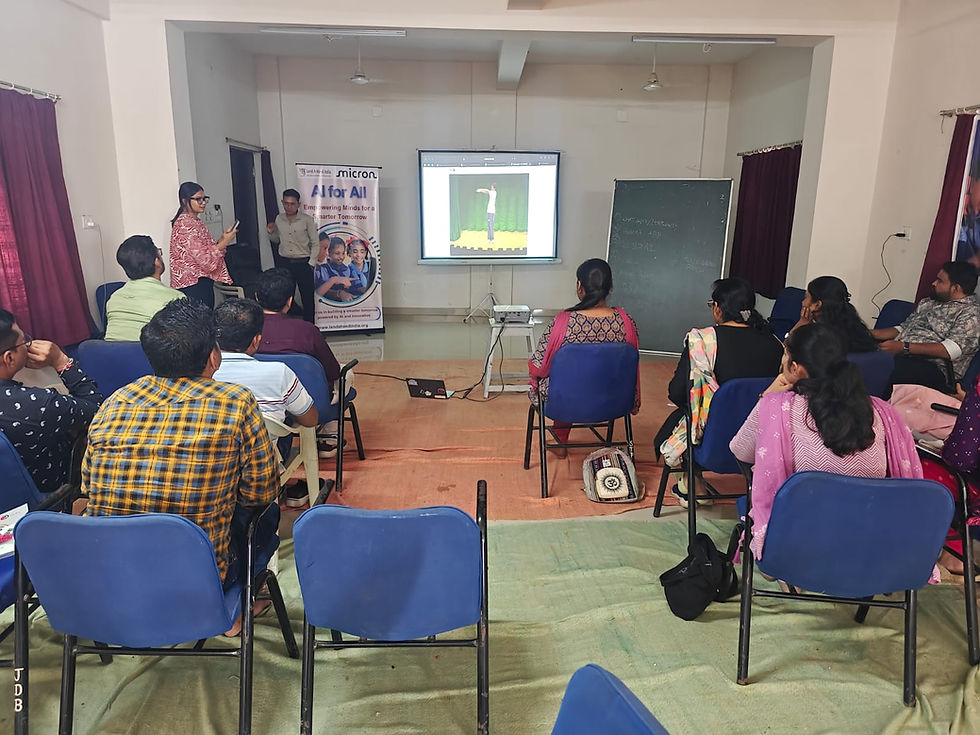From Curriculum to Execution: The Yakshagana Scratch Pilot
- Priyanka K Mohan & Shruti Fauzdar
- Mar 3
- 2 min read
After designing a curriculum that brings Yakshagana, a traditional dance-drama, into the world of Scratch, it was finally time to put it to the test. Our pilot brought together two groups: Yakshagana learners, already familiar with the art form, and non-dancers, stepping into this world for the first time. We were eager to see how each group would engage with Scratch as a medium for storytelling and expression.

Students’ Engagement
The Yakshagana-Scratch pilot brought together students from diverse backgrounds, from urban schools familiar with Scratch to rural learners with no tech exposure but a deep connection to Yakshagana. Despite differences, all students engaged with curiosity and pride, excited to see their culture represented digitally. Even those with limited or no digital experience adapted quickly, proving that technology can be an inclusive tool for storytelling. Their creativity enriched the activities, and even teachers and parents were thrilled to witness this fusion of art and coding.

However, challenges emerged. Reimagining Scratch as a platform for storytelling was difficult, even for experienced users. Students without tech exposure required extra time to grasp basic digital skills, and facilitators had to adjust activity difficulty in real-time.
Learnings from the Pilot
Scratch made Yakshagana fun and accessible, like learning through play. Yakshagana learners took pride in seeing their dance moves come to life on screen, recognizing familiar gestures in their coded sprites. Meanwhile, non-dancers, initially hesitant, found themselves drawn into the rhythm. Storyboarding the performances fostered collaboration, sparking creative conversations among students as they merged tradition with innovation. One of the most heartwarming moments was seeing non-dancers find ways to relate to Yakshagana. Students also took initiative by adding new characters and narrators.


Moving forward, there can be more storyboarding exercises where students can creatively reinterpret traditional performances through Scratch and students can be provided with flexible project structures that allow them to expand beyond guided activities.
Our Reflections
As someone without a performance background, this journey reinforced that art and technology don’t have to exist in separate worlds—there is a beautiful intersection where they enrich each other. Designing this curriculum highlighted the need for balance—preserving artistic authenticity while guiding students through coding. It broadened our perspective on Scratch—not just as a programming tool, but as a dynamic canvas for storytelling, rhythm, and expression.
This pilot was just the beginning, we now move forward, excited to explore, refine, and expand the possibilities. Beyond Yakshagana, this experiment has opened doors to bringing other performing arts into Scratch. And perhaps, this isn’t just for children—what if adults, too, could find joy in engaging with traditional art forms through technology?






Comments